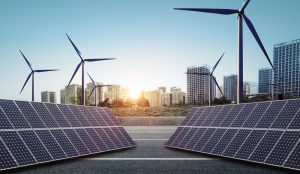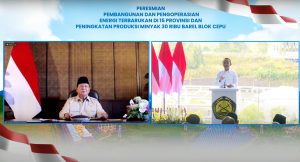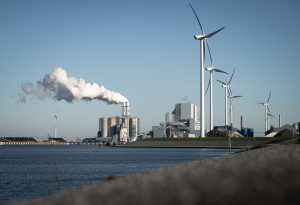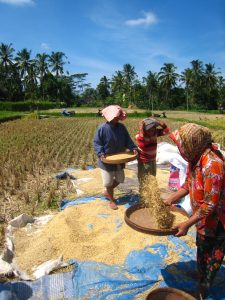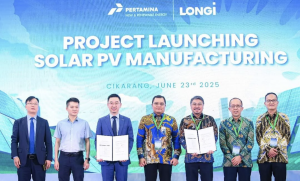Semarang – Bandung Institute of Technology (ITB) Oceanography expert, Dr Rima Rachmayani predicts that meteorological phenomena will be more extreme in the next 10-20 years. This is inseparable from the impact on climate change experienced by countries throughout the world.
“Sea level rise and land subsidence that go hand in hand, have an impact on the sinking of small islands and tidal flooding that hit the coast,” said Rima, quoted from a coastal community service event in Degayu Village, North Pekalongan District, Tuesday (5/7). .
The socialization was packaged in an interactive dialogue entitled “Education and Socialization of Community Adaptation in Handling Tidal Floods in North Pekalongan District”, an initiative of the ITB Coastal Care Team. In addition to presenting two ITB lecturers, the event also presented Dimas Arga Yudha as the Pekalongan city regional disaster management agency (BPBD) Head of Disaster Preparedness Section.
Sella Lestari Nurmaulia, a lecturer in Geodesy and Geomatics Engineering at ITB, explained that tidal flooding or locally known as ‘rob’ is a flood event that is not related to rainfall, but is caused by tides. This situation can be exacerbated when the land level in an area falls. Based on the research that has been done, the land subsidence in Pekalongan reaches 7 cm/year.
Nurmaulia mentioned that disasters cause vulnerability due to threats, but the capacity to survive is low. “Capacity can be increased by increasing disaster knowledge. It is necessary to create a disaster management team at the village level. Regional mapping must be carried out to reduce the potential for disasters, including gathering points and evacuations,” she said.
In this regard, public awareness must be fostered first. The community must be aware of living in a disaster environment and have the desire to adapt. Moreover, the infrastructure that is built is not easy and instantaneous, so it starts from public awareness.
Meanwhile, the worst case scenario must be imagined so that the best plan can be prepared. Structural mitigation that can be attempted to protect this area is the construction of a sea wall, structuring settlements in Gambus River, raising roads, constructing pump houses, and planting mangroves. (Hartatik)




